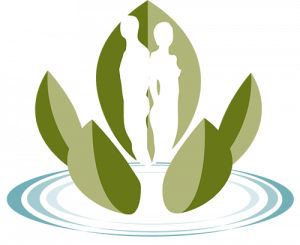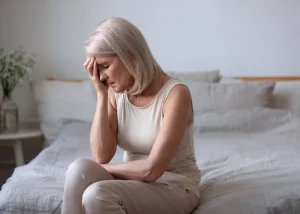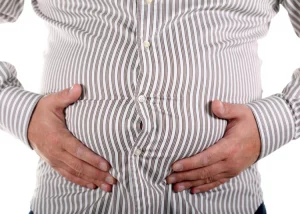What are Hormone Lifecycles?
Throughout your lifetime, your hormones have your body on remote control. Hormones act as chemical messengers communicating to all the tissues in your body, including your brain, bone, heart, skin, and more. When hormone production is optimal, and levels are balanced, you feel great, have plenty of energy, easily maintain a healthy weight, desire and enjoy sex, and handle stress well.
The 20s are typically the decade in a woman’s life when the delicate balance of all the three sex hormones produced by the ovaries—estrogen, progesterone, and testosterone—is ideal. During these years, your internal remote control typically works perfectly. However, sometimes hormone imbalances and/ or symptoms related to stress, lack of sleep, synthetic birth control, and other influences can start to appear, such as PMS, including bloating, anxiety, irritability, back pain, nausea, cramping, fatigue, and lethargy.
Severe PMS, sleep disturbances, migraines, and unwanted belly fat are the red flags of hormone imbalance during the 30-something years of PreMenopause or before menopause, as are more serious health issues such as polycystic ovaries, endometriosis, and infertility, as can manifest in vulnerable women well before the end of periods. As ovarian function wavers in the years approaching menopause, 40-something women in PeriMenopause or around menopause usually have regular cycles but can begin to experience erratic cycles as estrogen and progesterone levels fluctuate. This causes shifting levels of other vital hormones, like DHEA, testosterone, and cortisol, negatively impacting overall hormonal imbalance. A whole new world of symptoms, from hot flashes and mood swings to high anxiety and low libido, take women on a hormonal roller coaster ride. Now, the search for symptom relief begins in earnest!

Hormone Lifecycles and Menopause
As the ovaries take their final bow, ovulation ends, and menopause begins after 12 consecutive months with no periods. When age-related declines in estrogen, progesterone, DHEA, and testosterone levels kick in, the resulting imbalances trigger symptoms and long-term disease risks that women may be unprepared to manage. With less and less hormone production, their vital role in protecting the health of the breasts, bones, skin, brain, and heart is greatly diminished. As the adrenal glands pick up the slack in hormone production, reducing stress and restoring healthy levels with bioidentical hormones and natural supplements becomes more critical than ever.
Approximately one in every four American women will enter an abrupt, artificial menopause as the result of a hysterectomy. Once a woman has had a complete hysterectomy, her body will immediately enter menopause regardless of her biological age because there are no ovaries to produce any level of hormones. She will require a new and balanced supply of all her sex hormones: estrogen, progesterone, and testosterone, as well as DHEA. Artificial menopause can also occur due to radiation or chemotherapy or from certain drugs that catalyze menopause for medical reasons, such as to shrink fibroid tumors. Because there is no opportunity for gradual adjustment to the hormonal drop-off, the symptoms of artificial menopause can be sudden, severe, and debilitating and require an immediate intervention of supplemental hormone therapy.




